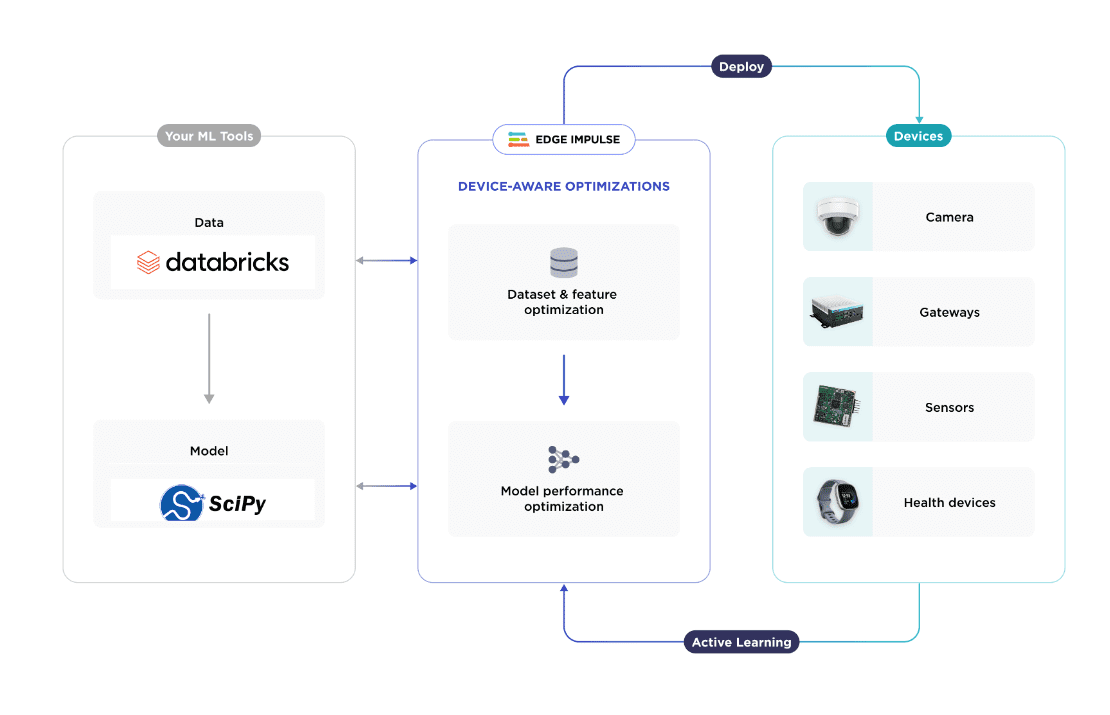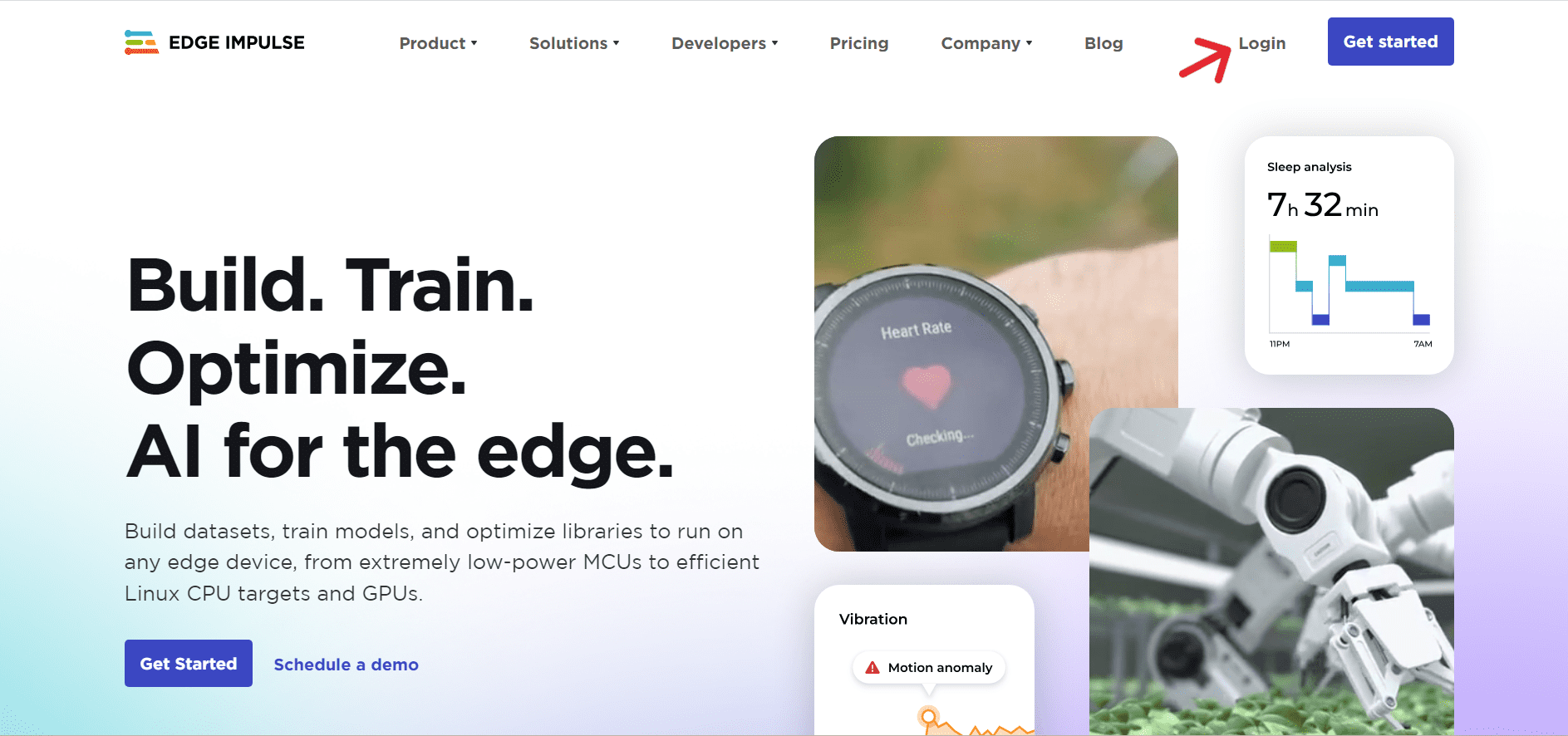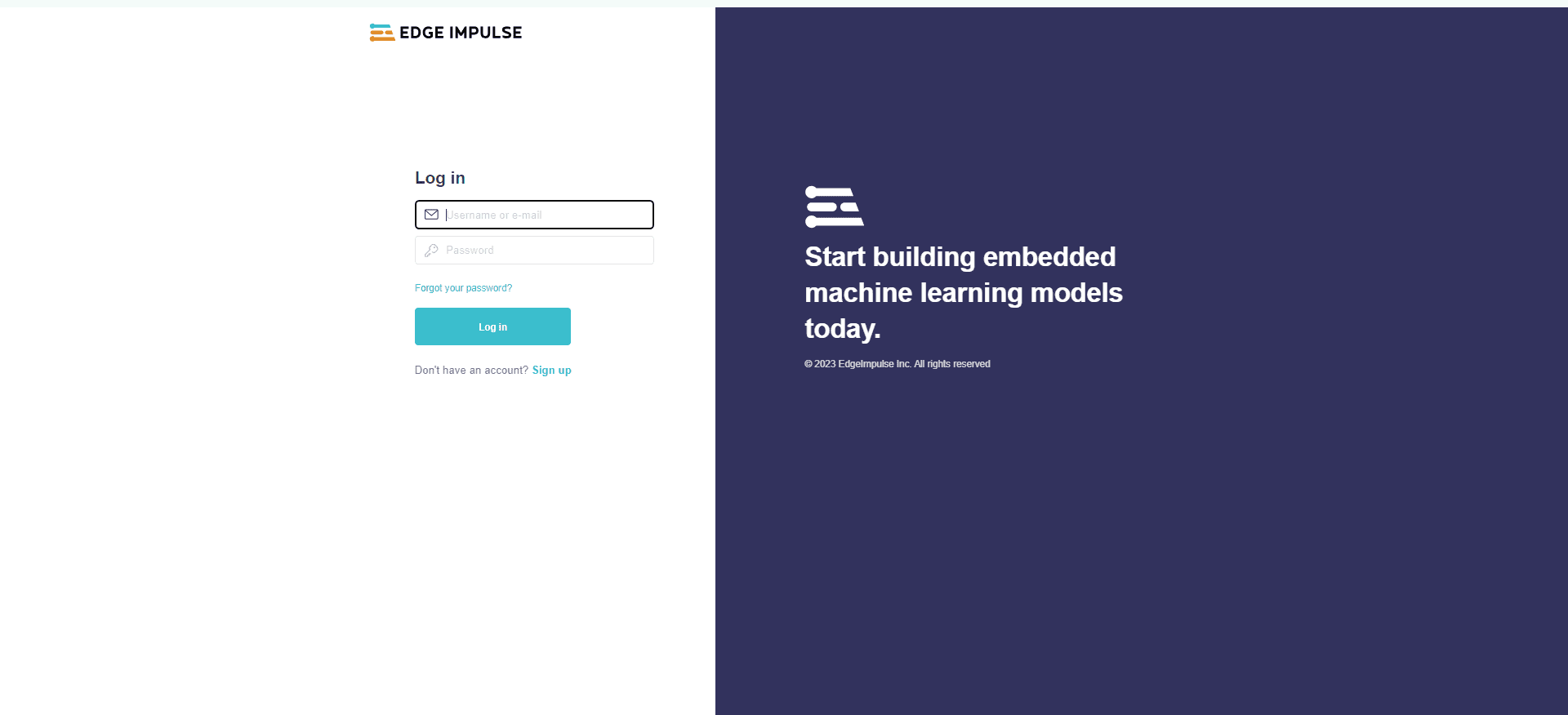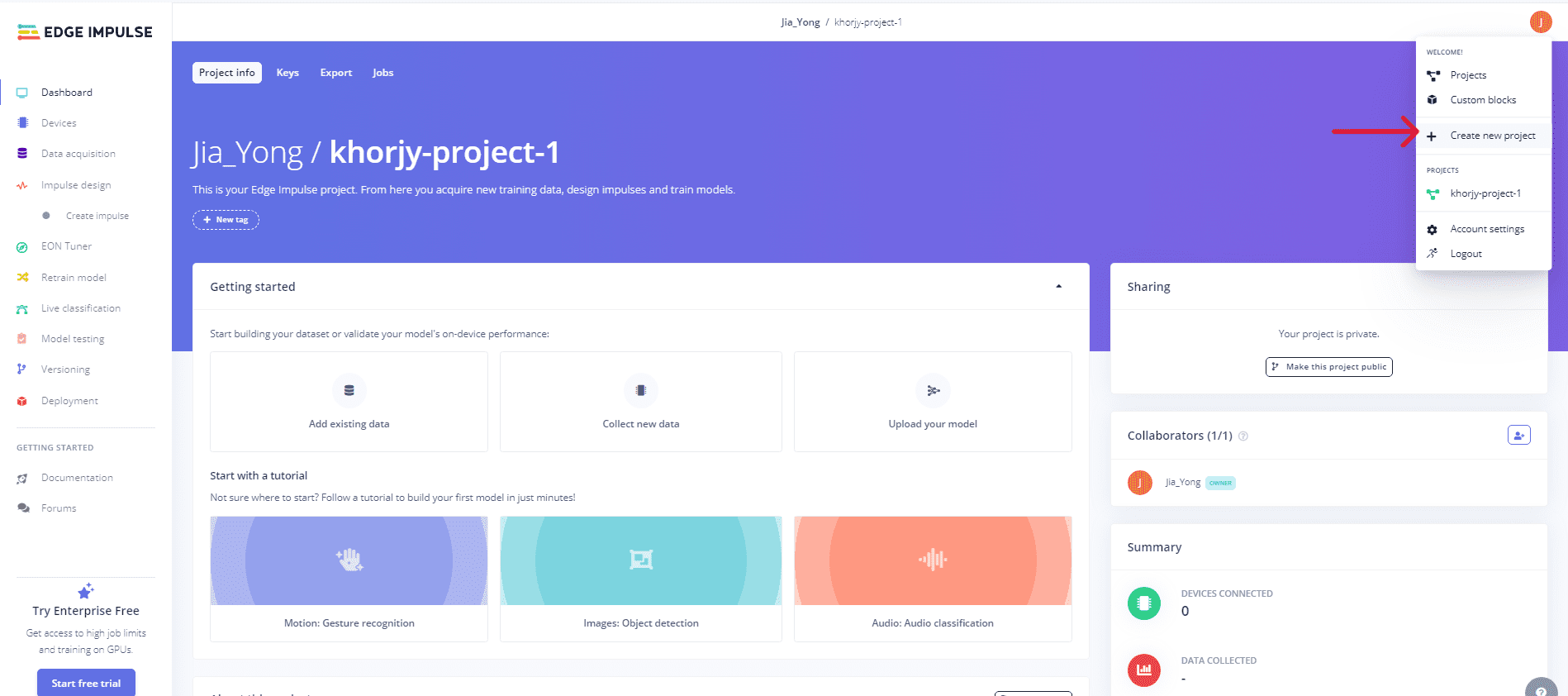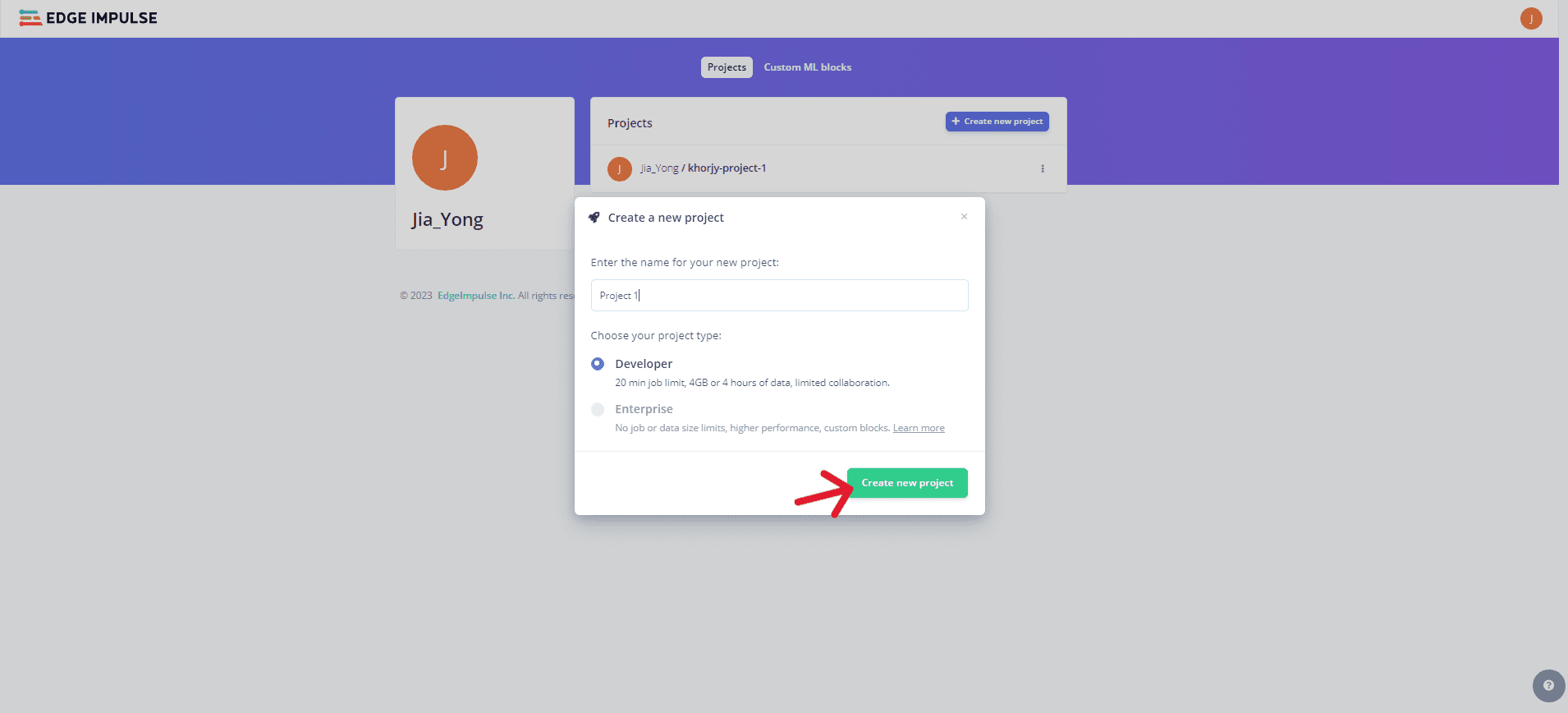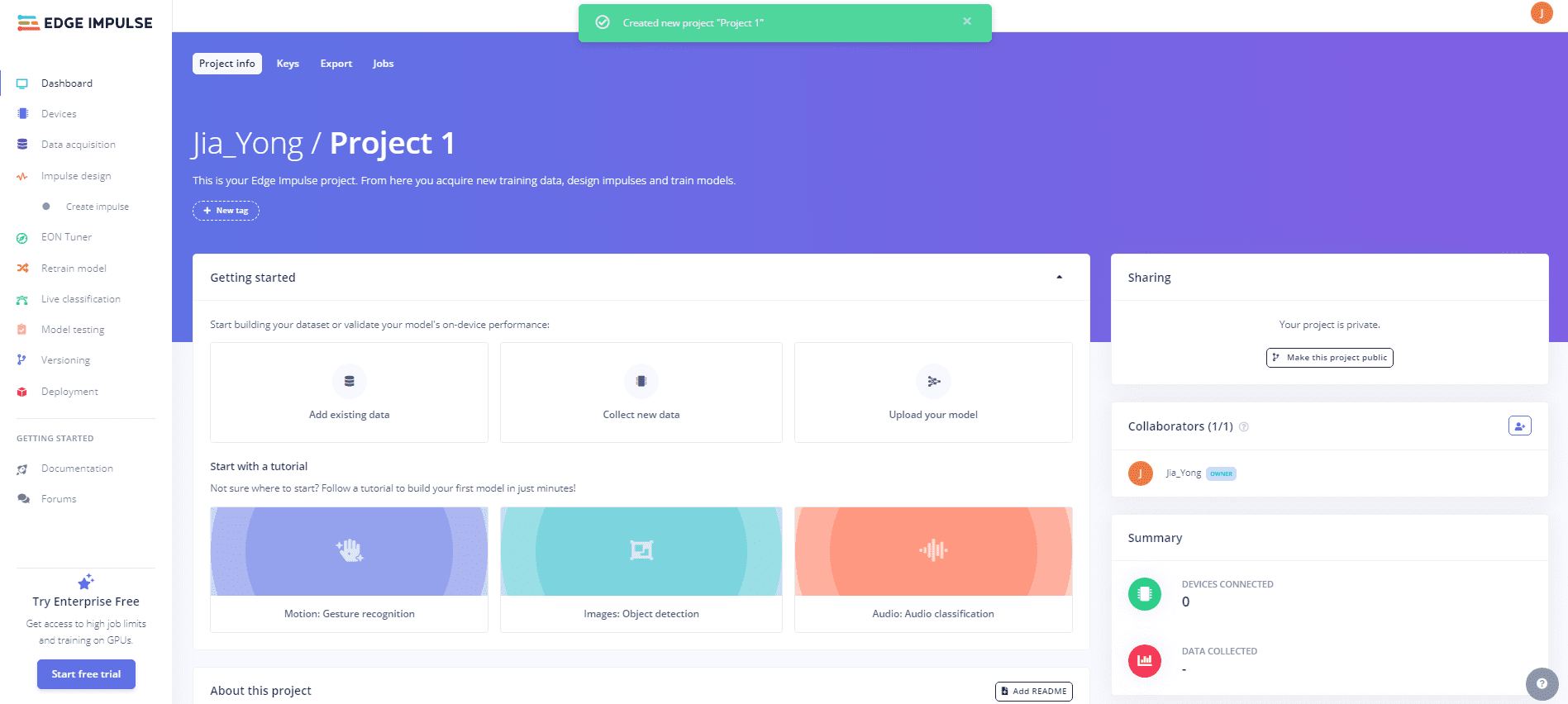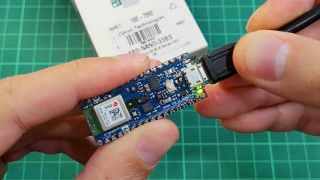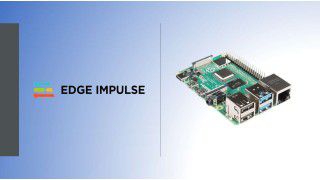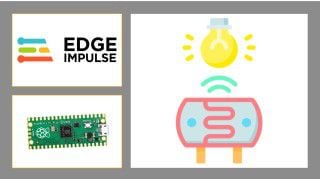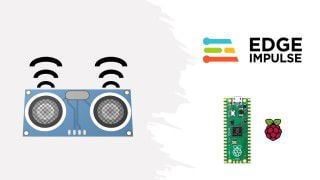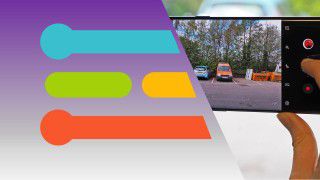Your shopping cart is empty!
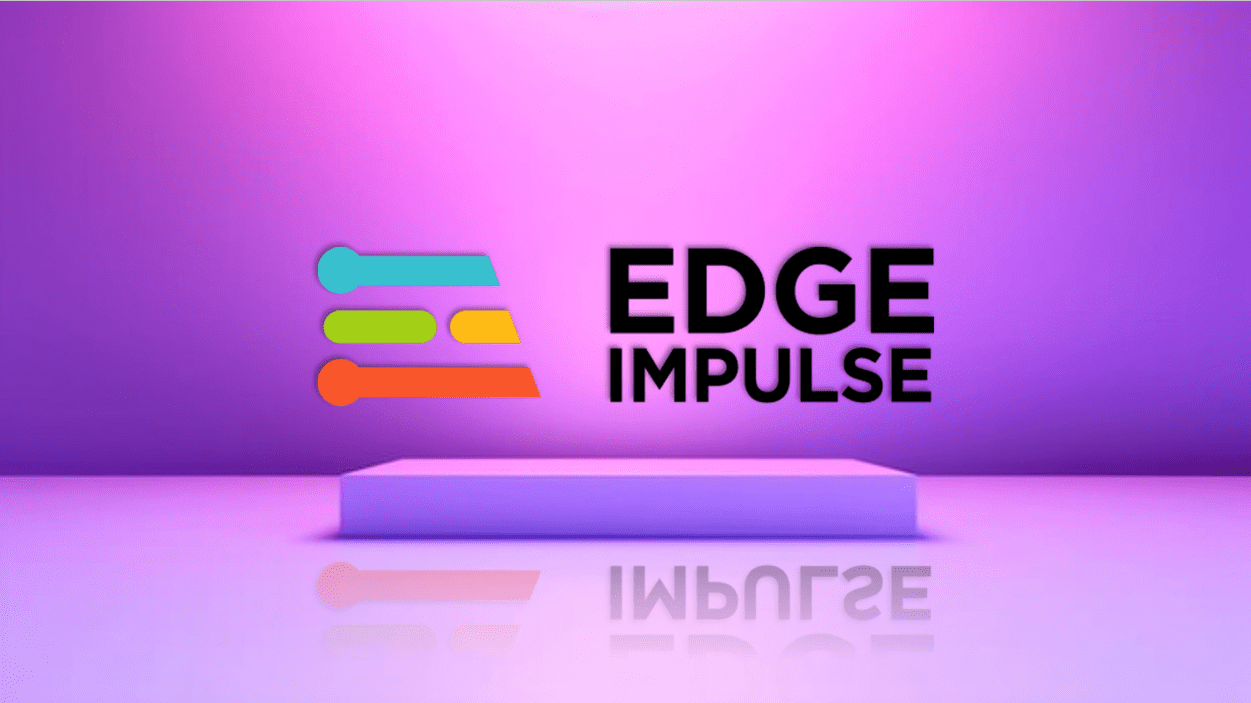
Introduction to Edge Impulse
- Khor Jia Yong
- 27 Dec 2023
- Project
- Beginner
- 436
Introduction
"Modern sensors, with enhanced microcontrollers and CPUs, operate at high bandwidths, enabling the collection of substantial data. Despite this, companies face challenges in transferring this data to the cloud using current IoT technology. We assist these companies in optimizing their collected information, organizing data, and creating valuable algorithms. By providing valuable datasets, we empower engineering teams to swiftly tackle industry challenges."
Zach Shelby
Founder & CEO of Edge Impulse
Edge Impulse simplifies embedded machine learning, making it easy for developers to create and improve solutions using real-world data. The entire process, from building to deploying and scaling applications, is faster and more straightforward. This brings substantial value across industries, as millions of developers enhance billions of devices. In essence, Edge Impulse enables the creation of datasets, training of models, and optimization of libraries for various edge devices, from low-power MCUs to efficient Linux CPU targets and GPUs.
Key features of Edge Impulse:
- "Any data, any device" as developers can use diverse sources for data, including their sensors, public datasets, simulations, and synthetic generation.
- Edge deployment compatible with various targets
- Sophisticated algorithm creation
- Model optimization for edge AI
- Easy integration into current ML workflows
Reference: https://edgeimpulse.com/
Setting up the Edge Impulse
1. Launch and login Edge Impulse on your browser.
2. Create a new account on Edge Impulse.
3. Hit "Create new project" icon to create your new project.
4. Enter your project name in the search bar and hit "Create new project" green icon.
5. Figure below shows the successful creation of the new project on Edge Impulse. Now, you can build your interesting project on Edge Impulse ![]()
 International
International Singapore
Singapore Malaysia
Malaysia Thailand
Thailand Vietnam
Vietnam
